Biden unveils Webb space telescope's first full-colour image of distant galaxies
Author of the article:Reuters
Reuters
Jeff Mason and Steve Gorman
Publishing date:Jul 11, 2022 • 10 hours ago • 3 minute read • Join the conversation
The first full-colour image from NASA's James Webb Space Telescope, a revolutionary apparatus designed to peer through the cosmos to the dawn of the universe, shows the galaxy cluster SMACS 0723, known as Webb?s First Deep Field, in a composite made from images at different wavelengths taken with a Near-Infrared Camera and released July 11, 2022.
The first full-colour image from NASA's James Webb Space Telescope, a revolutionary apparatus designed to peer through the cosmos to the dawn of the universe, shows the galaxy cluster SMACS 0723, known as Webb?s First Deep Field, in a composite made from images at different wavelengths taken with a Near-Infrared Camera and released July 11, 2022. PHOTO BY NASA /via REUTERS
WASHINGTON — U.S. President Joe Biden, pausing from political pressures to bask in the glow of the cosmos, on Monday released the debut photo from NASA’s James Webb Space Telescope – an image of a galaxy cluster revealing the most detailed glimpse of the early universe ever seen.
The White House sneak peek of Webb’s first high-resolution, full-colour image came on the eve of a larger unveiling of photos and spectrographic data that NASA plans to showcase on Tuesday at the Goddard Space Flight Center in suburban Maryland.
The $9 billion Webb observatory, the largest and most powerful space science telescope ever launched, was designed to peer through the cosmos to the dawn of the known universe, ushering in a revolutionary era of astronomical discovery.
The image showcased by Biden and NASA chief Bill Nelson showed the 4.6 billion-year-old galaxy cluster named SMACS 0723, whose combined mass acts as a “gravitational lens,” distorting space to greatly magnify the light coming from more distant galaxies behind it.
At least one of the faint, older specs of light appearing in the “background” of the photo – a composite of images of different wavelengths of light – dates back more than 13 billion years, Nelson said. That makes it just 800 million years younger than the Big Bang, the theoretical flashpoint that set the expansion of the known universe in motion some 13.8 billion years ago.
“It’s a new window into the history of our universe,” Biden said before the picture was unveiled. “And today we’re going to get a glimpse of the first light to shine through that window: light from other worlds, orbiting stars far beyond our own. It’s astounding to me.”
He was joined at the Old Executive Office Building of the White House complex by Vice President Kamala Harris, who chairs the U.S. National Space Council.
FROM GRAIN OF SAND IN THE SKY
On Friday, the space agency posted a list of five celestial subjects chosen for its showcase debut of Webb. These include SMACS 0723, a bejewelled-like sliver of the distant cosmos that according to NASA offers “the most detailed view of the early universe to date.” It also constitutes the deepest and sharpest infrared image of the distant cosmos ever taken.
The thousands of galaxies were captured in a tiny patch of the sky roughly the size of a grain of sand held at arm’s length by someone standing on Earth, Nelson said.
Webb was constructed under contract by aerospace giant Northrop Grumman Corp. It was launched to space for NASA and its European and Canadian counterparts on Christmas Day 2021 from French Guiana, on the northeastern coast of South America.
The highly anticipated release of its first imagery follows six months of remotely unfurling Webb’s various components, aligning its mirrors and calibrating instruments.
With Webb now finely tuned and fully focused, scientists will embark on a competitively selected list of missions exploring the evolution of galaxies, the life cycles of stars, the atmospheres of distant exoplanets and the moons of our outer solar system.
Built to view its subjects chiefly in the infrared spectrum, Webb is about 100 times more sensitive than its 30-year-old predecessor, the Hubble Space Telescope, which operates mainly at optical and ultraviolet wavelengths.
The much larger light-collecting surface of Webb’s primary mirror – an array of 18 hexagonal segments of gold-coated beryllium metal – enables it to observe objects at greater distances, thus further back in time, than Hubble or any other telescope.
All five of Webb’s introductory targets were previously known to scientists. Among them are two enormous clouds of gas and dust blasted into space by stellar explosions to form incubators for new stars – the Carina Nebula and the Southern Ring Nebula, each thousands of light years away from Earth.
The collection also includes a galaxy cluster known as Stephan’s Quintet, which was first discovered in 1877 and encompasses several galaxies described by NASA as “locked in a cosmic dance of repeated close encounters.”
NASA will also present Webb’s first spectrographic analysis of an exoplanet – one roughly half the mass of Jupiter that lies more than 1,100 light years away – revealing the molecular signatures of filtered light passing through its atmosphere.
View attachment 14743
WASHINGTON — U.S. President Joe Biden, pausing from political pressures to bask in the glow of the cosmos, on Monday released the debut photo from NASA’s James Webb…

torontosun.com
 ostmedia News
ostmedia News
 nypost.com
nypost.com
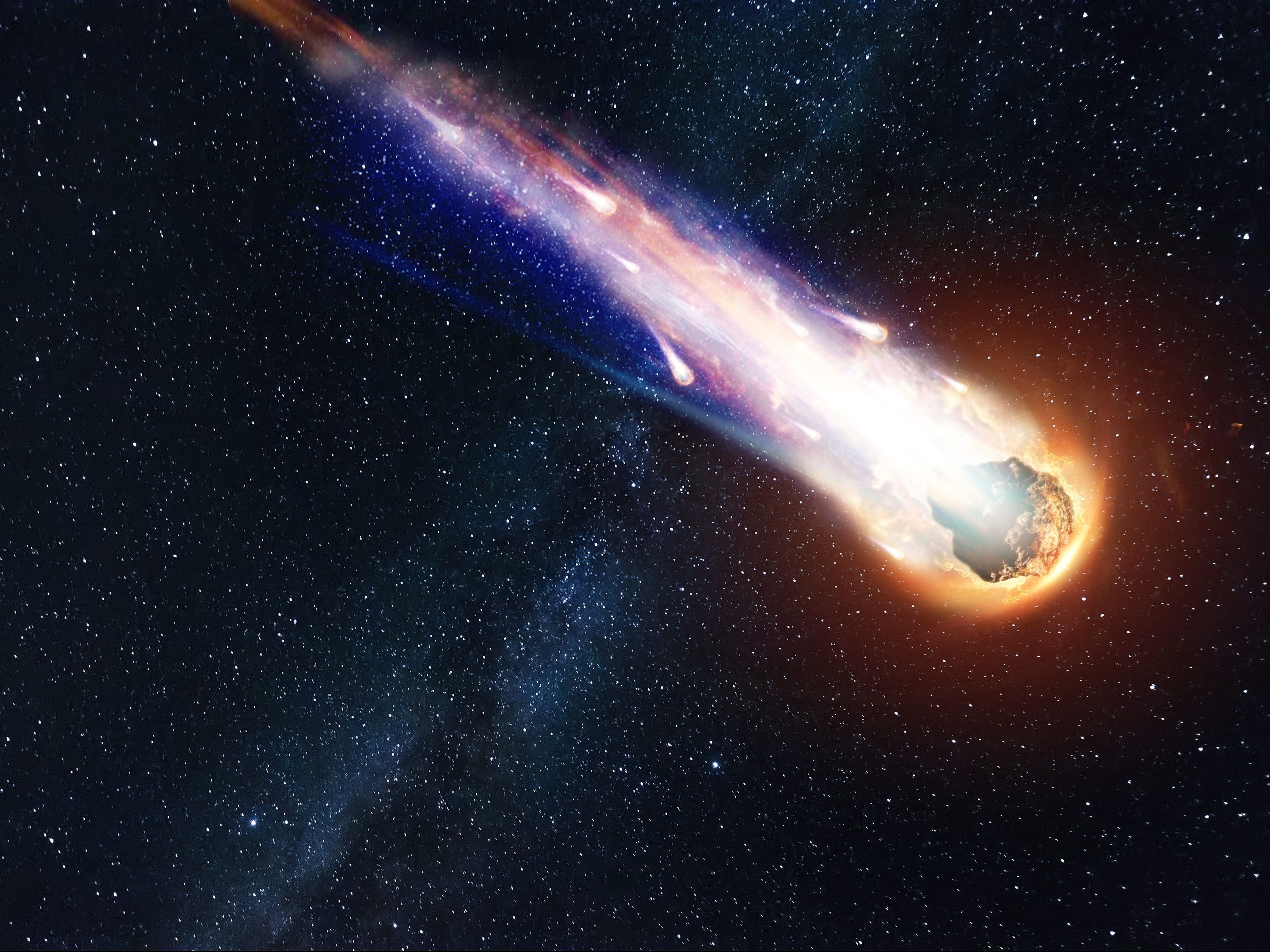
 torontosun.com
torontosun.com


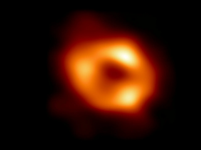
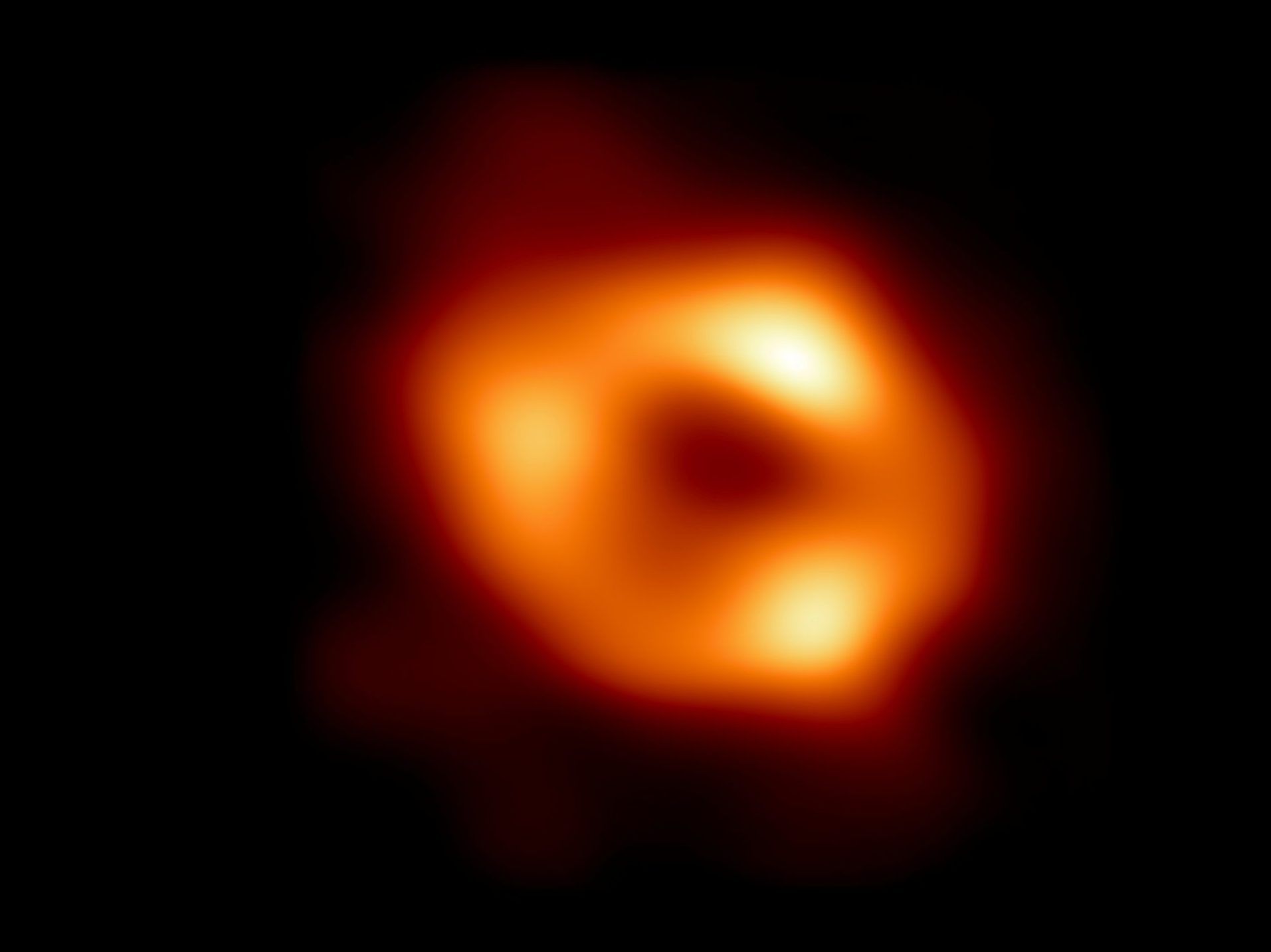
![SPACE-EXPLORATION_PLANTS-1-scaled[1].jpg SPACE-EXPLORATION_PLANTS-1-scaled[1].jpg](https://forums.canadiancontent.net/data/attachments/11/11975-1071257828c18ab838da1fc5c94791c1.jpg)



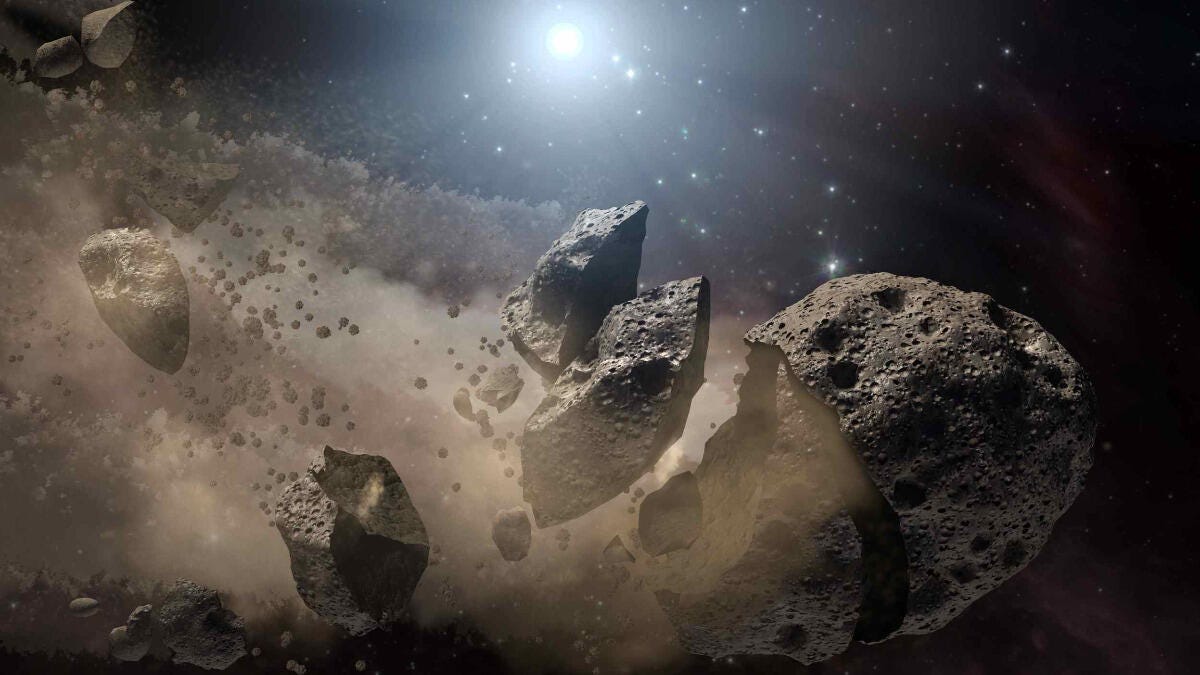


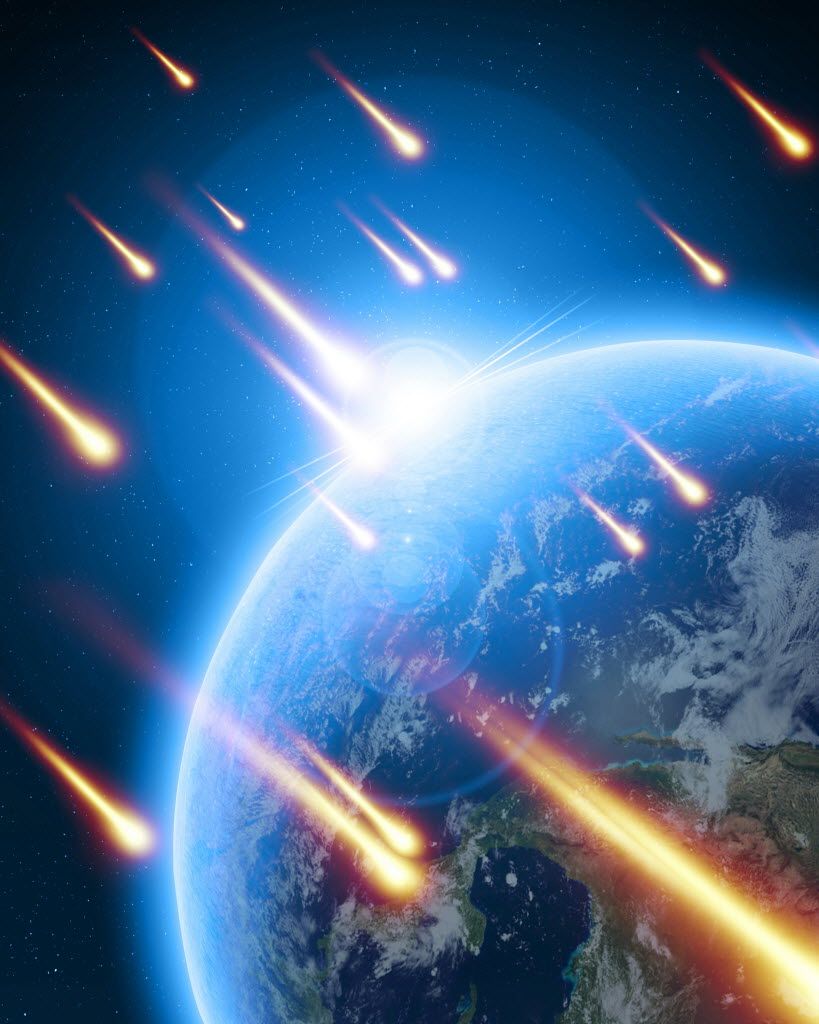

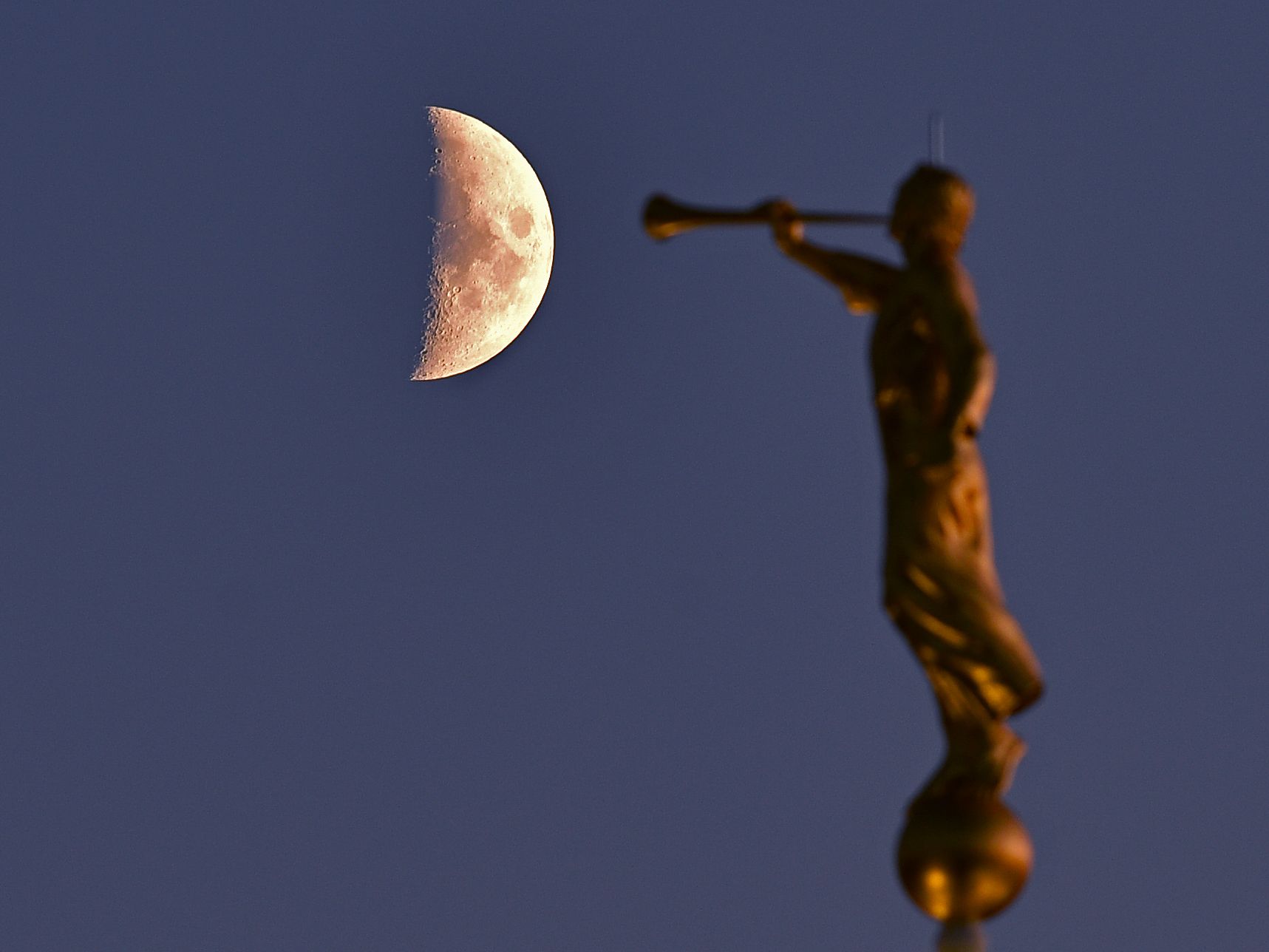
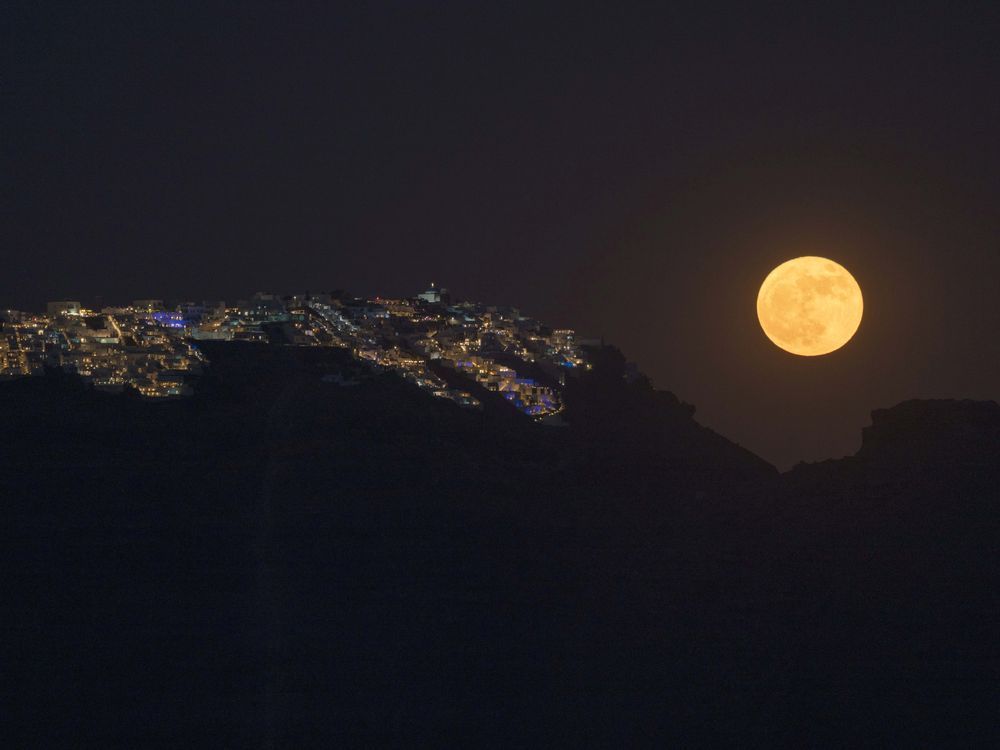
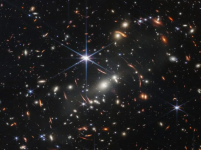
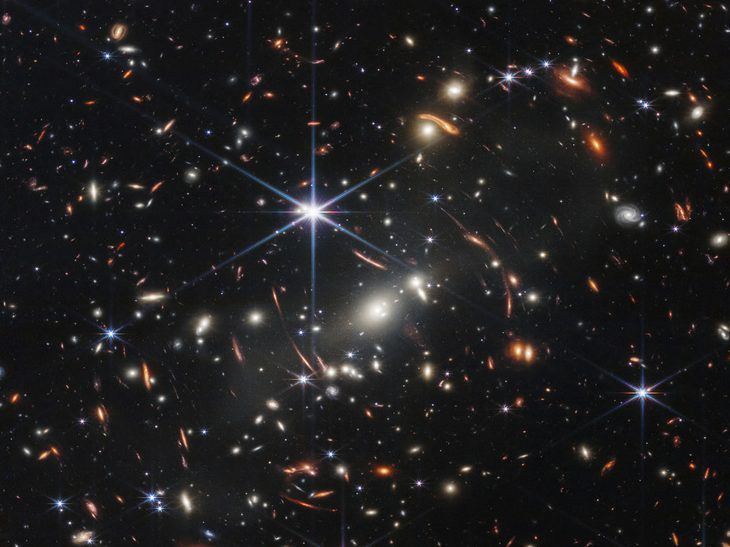
![celebrating-the-deepest-photo-of-the-universe-ever-taken-6753651837109815-2xa[1].gif celebrating-the-deepest-photo-of-the-universe-ever-taken-6753651837109815-2xa[1].gif](https://forums.canadiancontent.net/data/attachments/13/13018-9695031a0ccffa3ba1af90608acf35a4.jpg)